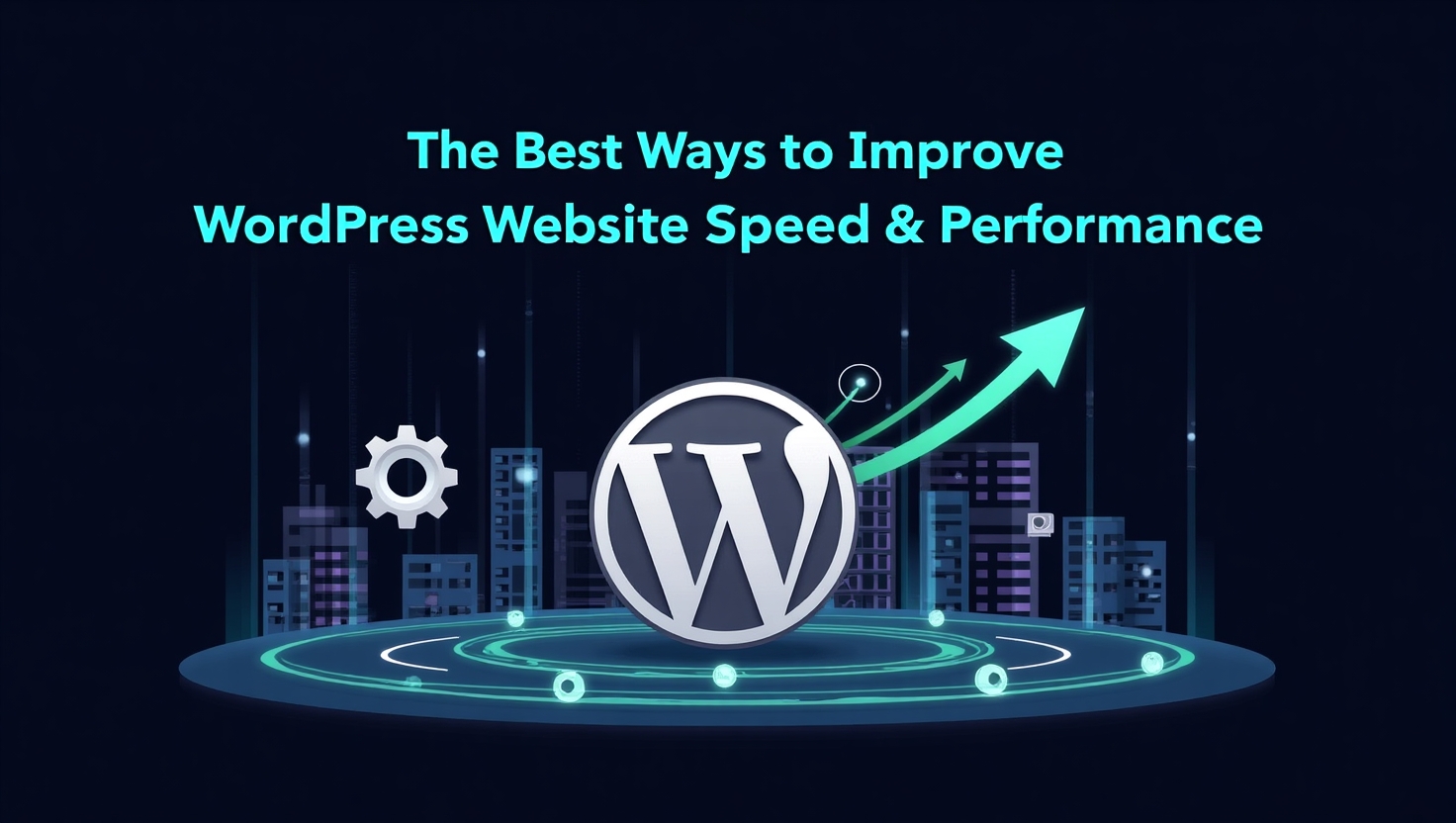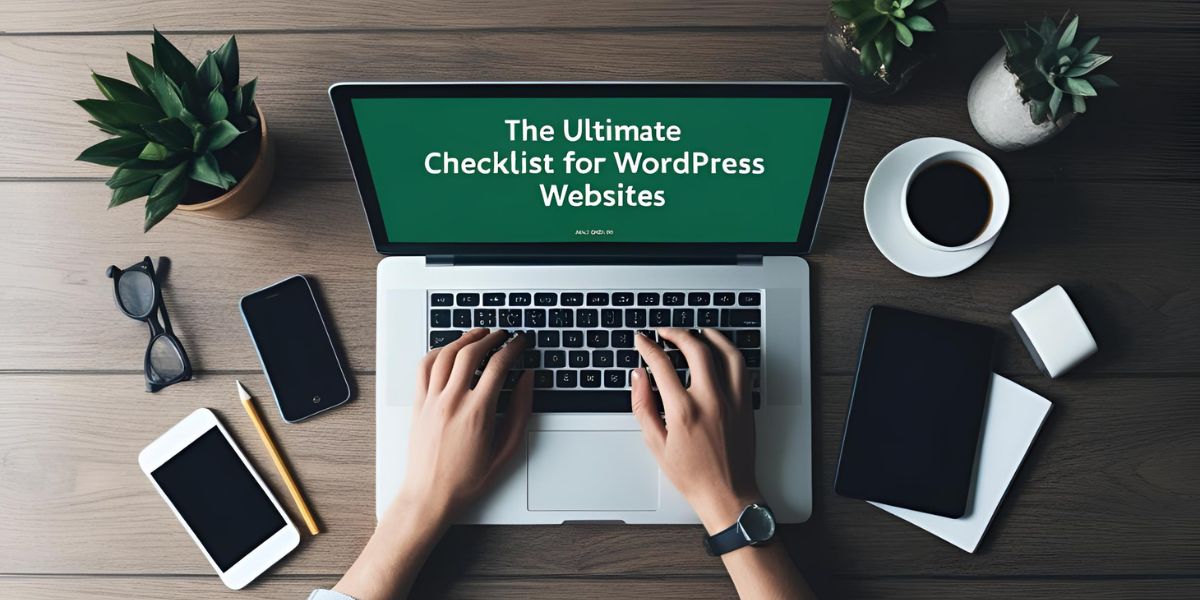Introduction
In the digital landscape, eCommerce websites are prime targets for cybercriminals. For online stores using WooCommerce on WordPress, security must be a top priority. A secure store ensures that transactions are safe, customer data is protected, and the business maintains its reputation. In this guide, we will explore how to set up a secure WooCommerce store on WordPress, focusing on actionable steps and best practices to keep your store safe from potential threats.
Understanding WooCommerce and WordPress
What is WooCommerce and Why Use It?
WooCommerce is an open-source WordPress plugin that allows users to create an online store with ease. It provides features such as product management, payment gateway integration, and inventory control, all while being highly customizable.
Key Features of WooCommerce:
- Open-source and highly customizable
- Compatible with a wide range of themes and plugins
- Robust support for physical and digital products
- Scalable for small to large stores
Why WordPress is the Ideal Platform for eCommerce
WordPress is the world’s most popular website builder, known for its ease of use, extensive plugin ecosystem, and strong community support. These benefits, combined with WooCommerce’s eCommerce features, make it the go-to platform for online stores.
Why Choose WordPress for eCommerce?
- Powers over 40% of websites globally
- Over 58,000 plugins available to extend functionality
- Easy integration with a variety of payment gateways and shipping providers
- Strong SEO foundation with tools like Yoast SEO
The Importance of Security in an Online Store
A secure online store is critical not only for protecting your business but also for fostering trust among your customers. Data breaches or security incidents can lead to severe financial loss, legal consequences, and loss of brand credibility.
Impact of Security Breaches:
- 60% of small businesses close within 6 months of a cyberattack (Small Business Trends)
- 75% of consumers will not shop with a store that lacks SSL encryption (GlobalSign)
- The average cost of a data breach is $4.45 million (IBM 2023 Cost of a Data Breach Report)
Preparing Your WordPress Environment for WooCommerce
Choosing a Reliable Hosting Provider
Your hosting provider is the first line of defense against security threats. Choose a provider known for offering reliable uptime, regular updates, and security features like DDoS protection and malware scanning.
Recommended Hosting Providers for WooCommerce:
- SiteGround: Known for excellent customer support and performance
- Kinsta: Offers managed WordPress hosting with robust security measures
- Bluehost: Officially recommended by WordPress and WooCommerce for beginners
Importance of Using Managed WordPress Hosting
Managed WordPress hosting not only provides security but also reduces the time and effort spent on technical maintenance. It often includes automatic updates, daily backups, and enhanced security measures such as firewall protection and malware detection.
Benefits of Managed WordPress Hosting:
- Automatic updates to WordPress, themes, and plugins
- Enhanced performance with built-in caching solutions
- Built-in security measures like daily malware scans
- Priority customer support
Ensuring Server-Level Security Before Installation
Before you even install WooCommerce, ensure that your server is hardened and protected against common vulnerabilities. Secure your server with measures like file permission checks and strong SSH keys.
Essential Server-Level Security Practices:
- Disable directory browsing to prevent access to sensitive files
- Install firewalls and intrusion detection systems (Cloudflare)
- Limit login attempts to prevent brute-force attacks
Installing and Setting Up WooCommerce
How to Install WooCommerce on Your WordPress Site
Installing WooCommerce is simple. From your WordPress dashboard, go to Plugins > Add New, search for WooCommerce, and click Install Now. After installation, activate the plugin and follow the setup wizard.
Initial Configuration: Currency, Location, and Store Details
The setup wizard will prompt you to input key information about your store, such as currency, location, and preferred payment methods. These details ensure that taxes, shipping rates, and legal requirements are properly configured.
Setting Up Product Pages and Categories
When adding products, organize them into logical categories. Properly categorizing your products enhances the user experience and aids search engine optimization (SEO).

Choosing a Secure WordPress Theme for Your Store
Criteria for Selecting a Secure and Optimized Theme
The theme you choose for your WooCommerce store should be lightweight, mobile-optimized, and secure. Look for themes that are regularly updated, have a secure coding framework, and are compatible with the latest version of WordPress and WooCommerce.
What to Look for in a Secure Theme:
- Regular updates and compatibility with the latest WordPress and WooCommerce versions
- Built-in security features like secure coding practices and minimal third-party integrations
- Optimized for speed, as slow websites can drive users away and hurt SEO
Recommended WooCommerce-Compatible Themes
- Astra: Lightweight, fast, and highly customizable, with built-in WooCommerce support
- OceanWP: Offers flexibility and various demo sites for eCommerce stores
- Storefront: WooCommerce’s official theme, designed for optimal performance and compatibility
Must-Have Plugins for Functionality and Security
Essential Plugins for Enhancing Store Operations
To extend the functionality of your store, consider these essential plugins:
- WooCommerce Subscriptions for recurring billing
- WooCommerce Bookings for appointment-based services
- WooCommerce PDF Invoices & Packing Slips for order management
Top Security Plugins to Fortify Your Store
To secure your WooCommerce store, use plugins designed to block malicious activity and enhance your store’s defenses:
- Wordfence Security: Provides firewall protection, malware scanning, and login attempt monitoring
- iThemes Security: Enforces strong password policies and two-factor authentication (2FA)
- Sucuri Security: A comprehensive security plugin with malware scanning and protection
Implementing HTTPS and SSL for WooCommerce
Why SSL is Critical for eCommerce Websites
SSL (Secure Sockets Layer) encrypts the communication between the customer’s browser and your server, preventing hackers from intercepting sensitive data like passwords and credit card numbers. SSL also reassures customers that their data is protected, helping to increase conversions.
Benefits of SSL for WooCommerce Stores:
- Encrypts sensitive information, ensuring customer data is secure
- Builds customer trust by displaying a padlock icon in the browser
- Improves SEO rankings, as Google favors secure sites
How to Get and Install an SSL Certificate
You can obtain an SSL certificate from your hosting provider or through a third-party service like Let’s Encrypt (free) or Comodo (paid). The installation process is often automated by managed hosting providers.
Forcing HTTPS on All Pages and Resources
After installing SSL, ensure that all pages and resources (images, scripts, etc.) load over HTTPS. You can use plugins like Really Simple SSL or modify your .htaccess file to force HTTPS.
Securing User Accounts and Admin Access
Enforcing Strong Password Policies
Strong, unique passwords are critical for securing user accounts. Enforce strong password requirements using security plugins or by modifying your WordPress settings.
Best Practices for Password Security:
- Minimum length of 12 characters
- Mix of upper and lowercase letters, numbers, and symbols
- Require passwords to be changed regularly
Implementing Two-Factor Authentication (2FA)
Two-factor authentication adds an extra layer of security by requiring a second form of verification (such as a mobile app) in addition to the password. This drastically reduces the likelihood of unauthorized account access.
Top 2FA Plugins:
Changing Default Login URLs and Admin Usernames
The default WordPress login page (wp-login.php) is commonly targeted by attackers. Change the login URL using plugins like WPS Hide Login. Additionally, avoid using default usernames like “admin” and create unique usernames for each admin account.
Safe and Seamless Payment Gateway Integration
Choosing a Trusted Payment Gateway for WooCommerce
Your payment gateway should offer fraud protection, encryption, and a good reputation. Well-known gateways like PayPal, Stripe, and Authorize.Net meet these criteria.
Trusted Payment Gateways:
- PayPal: Secure, easy-to-use, and widely accepted
- Stripe: Provides advanced fraud prevention tools and supports recurring payments
- Square: Great for integration with physical stores
Ensuring PCI Compliance with WooCommerce
PCI DSS (Payment Card Industry Data Security Standard) compliance is a must for any online store that handles credit card information. Ensure your payment gateway is PCI compliant, and take steps to reduce your store’s exposure to sensitive data.
Protecting Customer Data and Transactions
How to Secure Customer Information on Your Site
Use encryption for sensitive data and minimize the storage of personally identifiable information (PII). Implement a robust privacy policy and communicate how customer data is used.
Data Protection Tips:
- Use Tokenization to store payment details securely
- Encrypt all personal data, including contact information and purchase history
- Regularly audit your data protection practices
FAQs: Secure WooCommerce Setup on WordPress
1. Is WooCommerce secure enough for handling online payments?
Yes, WooCommerce is secure when implemented correctly. To enhance security, pair it with best practices like using an SSL certificate, choosing a trusted payment gateway, and installing robust WordPress security plugins. Security is holistic — it depends on your hosting, software maintenance, and user access control.
2. What’s the difference between managed and unmanaged WordPress hosting in terms of security?
With managed WordPress hosting, you get:
- Automated WordPress updates
- Daily backups and malware scanning
- Server-level firewalls and security hardening
Unmanaged hosting, on the other hand, requires manual configuration and leaves more room for misconfiguration — making it a riskier choice for beginners.
3. Do I need a paid SSL certificate or is a free one from Let’s Encrypt enough?
For most stores, a free SSL from Let’s Encrypt is sufficient — especially if your payment processing is handled offsite via gateways like PayPal or Stripe. Paid SSLs are valuable when you need advanced validation or warranty coverage.
4. What are the essential WooCommerce security plugins I should install?
Start with these must-have options:
- Wordfence Security for firewall and malware protection
- Sucuri Security for cloud-based WAF and malware cleanup
- iThemes Security for login security and brute force protection
- WP Activity Log for real-time user monitoring
These plugins offer layered defense, which is critical for high-traffic eCommerce websites.
5. How often should I back up my WooCommerce store?
A safe routine is:
- Daily backups for busy stores
- Before and after major updates
- Offsite storage (e.g., Dropbox, Google Drive, Amazon S3)
Use tools like UpdraftPlus, BlogVault, or Jetpack Backup for automated, reliable backups.
6. Can I automate WordPress and WooCommerce updates without breaking my store?
Yes. Enable automatic minor updates (security patches), and test major updates on a staging environment first. Hosts like WP Engine or SiteGround offer safe auto-update features with rollback options.
7. How do I secure the WordPress login page from brute-force attacks?
Here’s how:
- Change your login URL with WPS Hide Login
- Enable Two-Factor Authentication (2FA)
- Limit login attempts using Limit Login Attempts Reloaded
- Avoid “admin” as a username and use strong, unique passwords
8. What payment gateways are considered the most secure for WooCommerce?
Consider using:
- Stripe for WooCommerce — fast, reliable, and PCI-compliant
- PayPal Payments — trusted globally and easy to integrate
- Square for WooCommerce — ideal for brick-and-click stores
These gateways handle sensitive data offsite, ensuring PCI compliance and reducing liability.
9. What are trust signals I can add to reduce cart abandonment?
To build trust at checkout:
- Display an SSL padlock and HTTPS
- Show security badges like Norton, McAfee, or BBB
- Use payment icons (Visa, MasterCard, PayPal)
- Link to your privacy policy and terms of service
These cues subconsciously assure buyers their information is safe.
10. Is GDPR compliance required for WooCommerce stores outside of the EU?
Yes, if you serve EU residents. You must:
- Explain how user data is collected and stored
- Provide data deletion and access tools
- Use GDPR compliance plugins
- Offer a clear cookie consent mechanism
Non-compliance can lead to heavy penalties — even for non-EU businesses.
Conclusion
Building a secure WooCommerce store on WordPress is essential to protect both your customers and your business. By implementing best practices such as using a secure hosting environment, selecting a trusted payment gateway, enabling SSL, and utilizing security plugins, you can create a robust and trustworthy online store.
Key Security Practices to Implement:
- Regularly update WordPress, themes, and plugins
- Monitor store activity with logging and alerts
- Perform regular backups and security scans
Security is not a one-time task but an ongoing effort. Stay vigilant, and your store will remain a safe and trusted place for customers to shop
📌 Need Help Setting Up WooCommerce?
Save time and avoid costly mistakes.
👉 Get a modern, sale-focused landing page built for WordPress or Shopify
👉 Hire a pro to create a responsive and secure WordPress store










